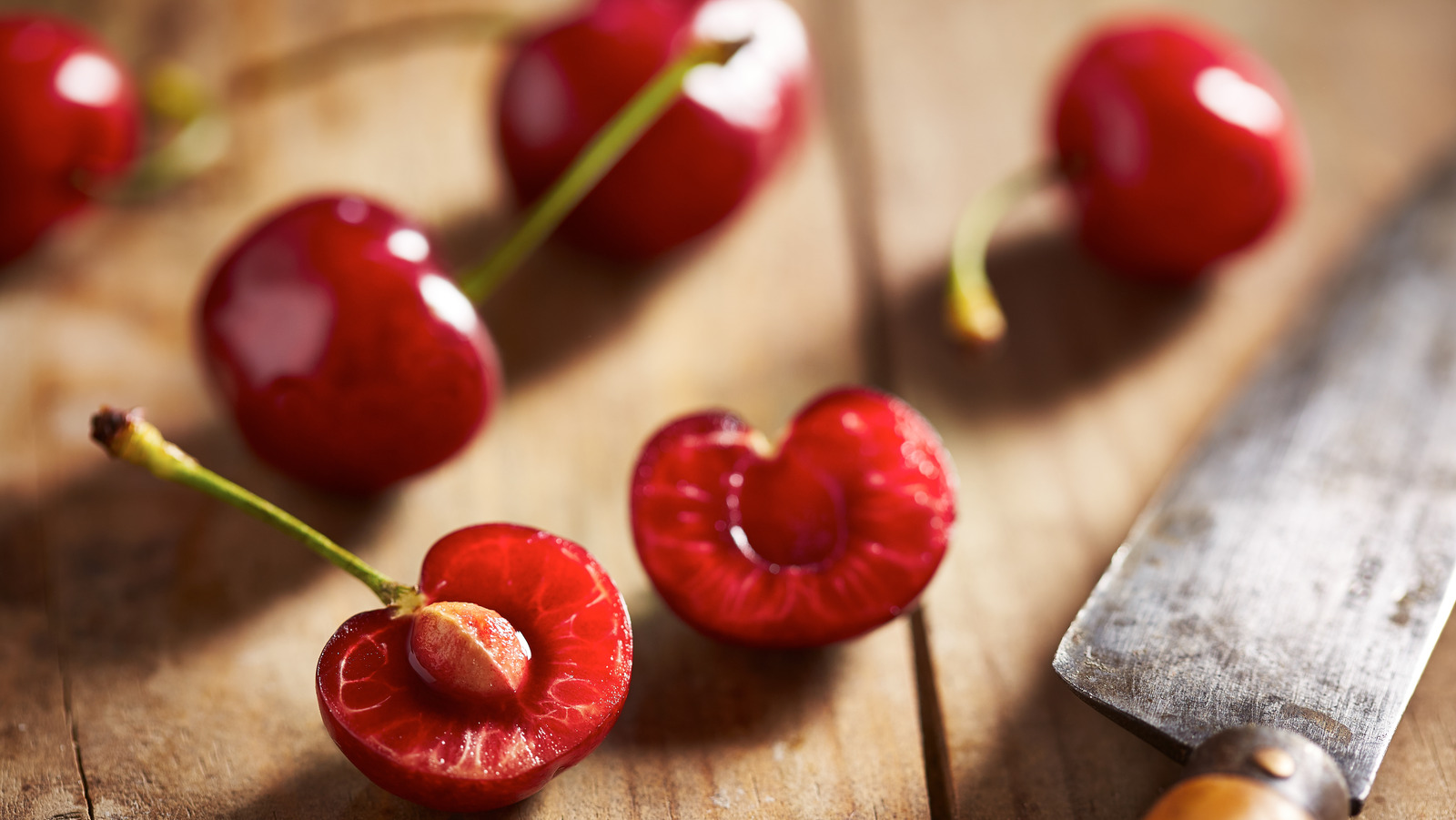Introduction: The Joy of Growing Cherry Trees
Growing a cherry tree from seed can be a rewarding and fulfilling experience. Whether you’re a seasoned gardener or a novice enthusiast, the process of nurturing a tiny seed into a thriving tree is both magical and satisfying. In this article, we’ll explore essential tips for success in growing a cherry tree from seed, covering everything from seed selection and germination to care and maintenance.
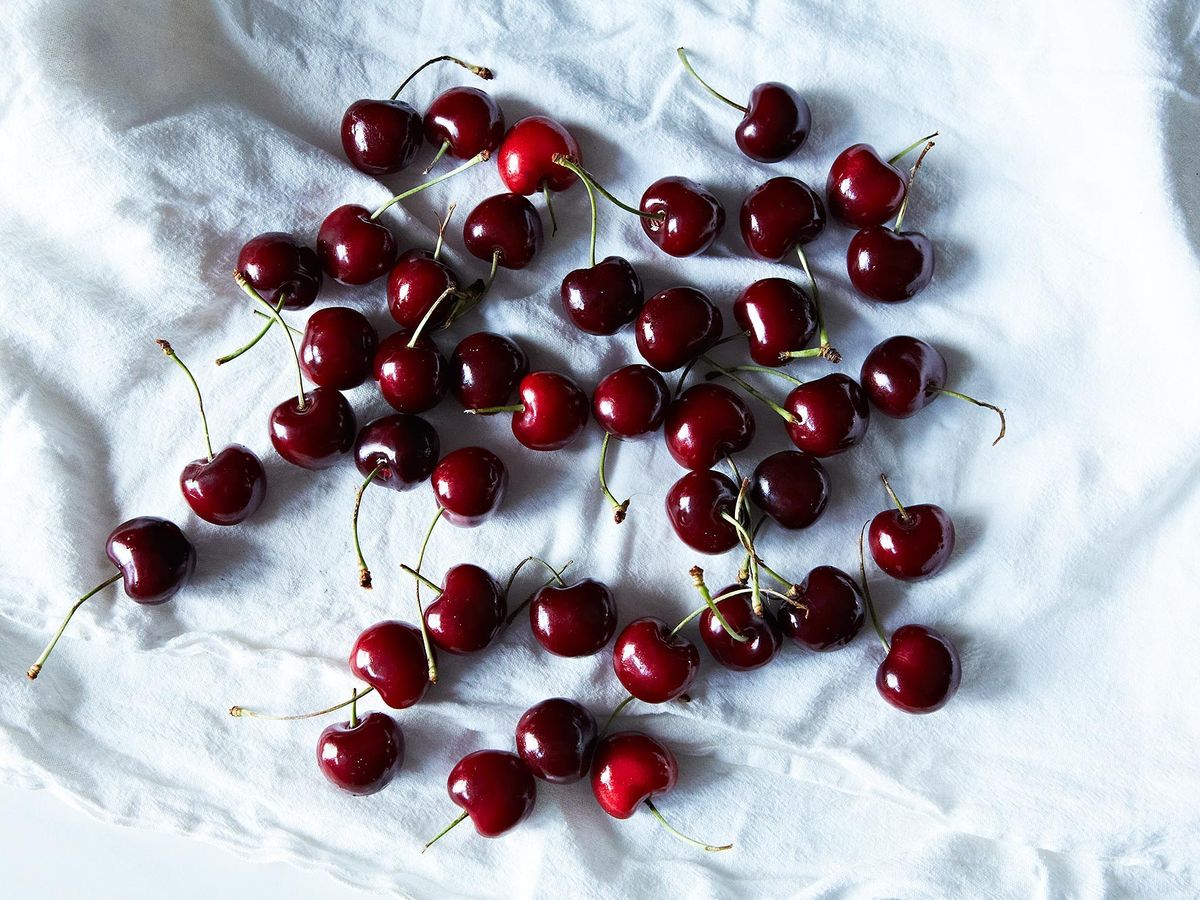
Selecting the Right Seeds: Choosing Varieties and Sources
The first step in growing a cherry tree from seed is selecting the right seeds. It’s essential to choose seeds from a reliable source and select varieties that are well-suited to your climate and growing conditions. Look for reputable seed suppliers or consider harvesting seeds from ripe cherries obtained from a local orchard or farmer’s market. Additionally, choose cherry varieties that are known for their flavor, disease resistance, and adaptability to your region.
Seed Preparation: Scarification and Stratification
Before planting, it’s important to prepare the cherry seeds through scarification and stratification. Scarification involves gently nicking or scratching the seed coat to facilitate water absorption and promote germination. This can be done using sandpaper or a sharp knife, being careful not to damage the seed embryo. After scarification, stratification is necessary to mimic the natural winter conditions that trigger seed germination. Place the scarified seeds in a moist paper towel or peat moss, then refrigerate them for several weeks to simulate the cold stratification period.
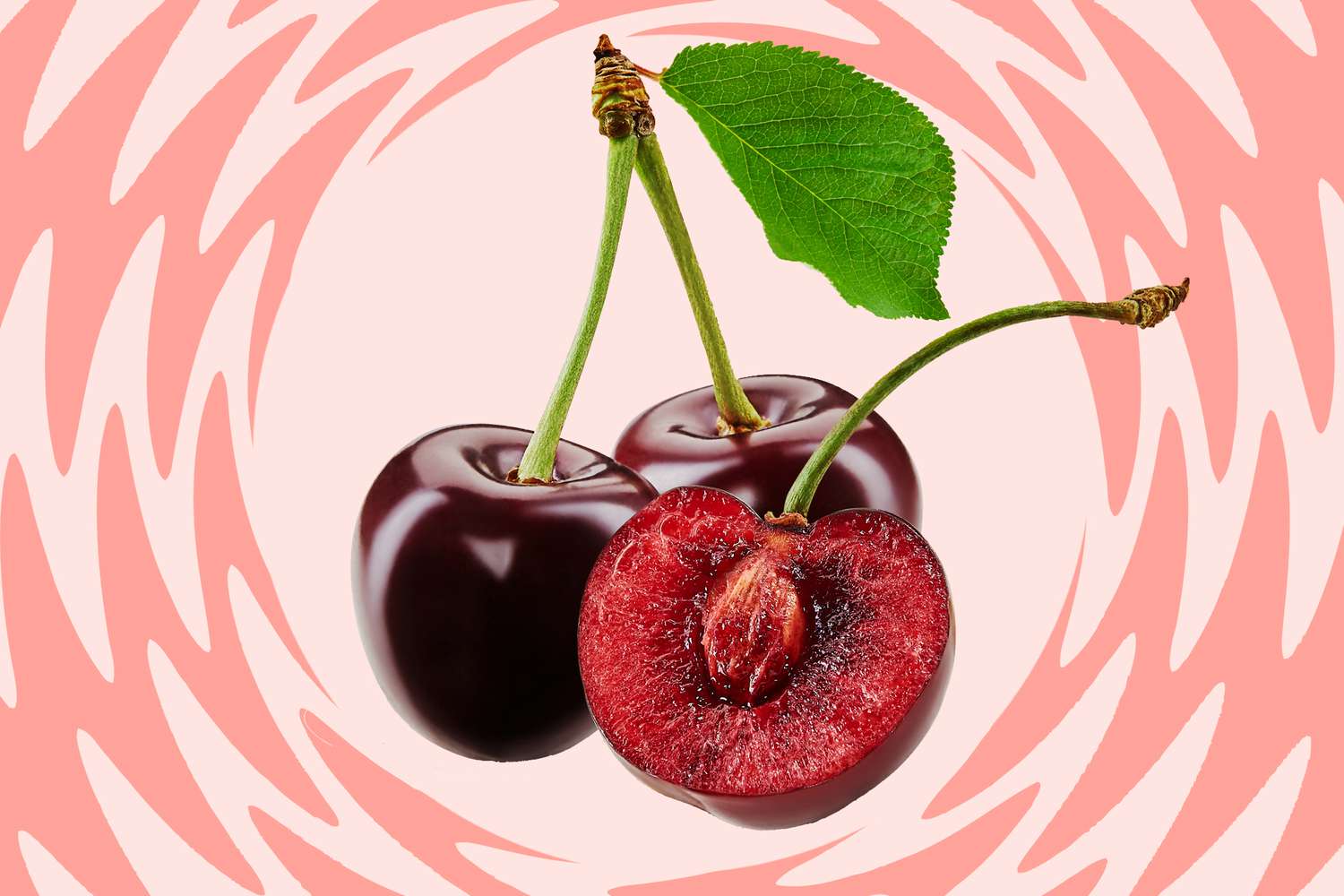
Choosing the Right Growing Medium: Soil and Container Selection
The choice of growing medium and container plays a crucial role in the success of cherry tree seed germination. Select a well-draining potting mix that is rich in organic matter and has a slightly acidic pH level. Avoid using heavy soils or those prone to compaction, as they can inhibit root growth and drainage. Choose containers with adequate drainage holes to prevent waterlogging and root rot. Additionally, opt for pots or trays that provide ample space for root development and allow for easy transplanting once the seedlings have emerged.
Planting the Seeds: Proper Depth and Watering
When planting cherry seeds, it’s essential to ensure they are sown at the proper depth and watered appropriately. Plant the scarified seeds in the prepared growing medium at a depth of approximately one inch, covering them lightly with soil. Water the seeds gently but thoroughly, ensuring that the soil is evenly moist but not waterlogged. Maintain consistent moisture levels throughout the germination process, being careful not to let the soil dry out completely or become soggy. Cover the containers with plastic wrap or a clear plastic lid to create a mini greenhouse effect and retain moisture.

Germination and Seedling Care: Providing Light and Air Circulation
After planting, place the containers in a warm, sunny location with indirect sunlight to encourage germination. Cherry seeds typically germinate within two to three weeks, although some varieties may take longer. Once the seedlings emerge, provide adequate light and air circulation to promote healthy growth. Rotate the containers regularly to ensure even exposure to sunlight and prevent the seedlings from leaning or stretching towards the light source. Avoid overwatering the seedlings, as excessive moisture can lead to damping-off disease and other fungal issues.
Transplanting and Hardening Off: Preparing Seedlings for the Outdoors
When the cherry seedlings have developed several sets of true leaves and are strong enough to handle, they can be transplanted into larger pots or directly into the garden. Before transplanting, gradually acclimate the seedlings to outdoor conditions through a process called hardening off. Start by placing the seedlings outdoors in a sheltered location for a few hours each day, gradually increasing the exposure to sunlight and outdoor elements over the course of a week or two. This helps the seedlings adjust to the change in environment and reduces the risk of transplant shock.
Caring for Mature Trees: Pruning, Fertilizing, and Pest Management
Once your cherry tree has established itself in its new location, it’s essential to provide ongoing care to ensure its health and vitality. Regular pruning is necessary to remove dead or diseased branches, improve air circulation, and promote fruit production. Fertilize the tree annually with a balanced fertilizer to provide essential nutrients for growth and development. Monitor the tree for signs of pests and diseases, such as aphids, cherry fruit fly, or powdery mildew, and take appropriate measures to control infestations and prevent damage.
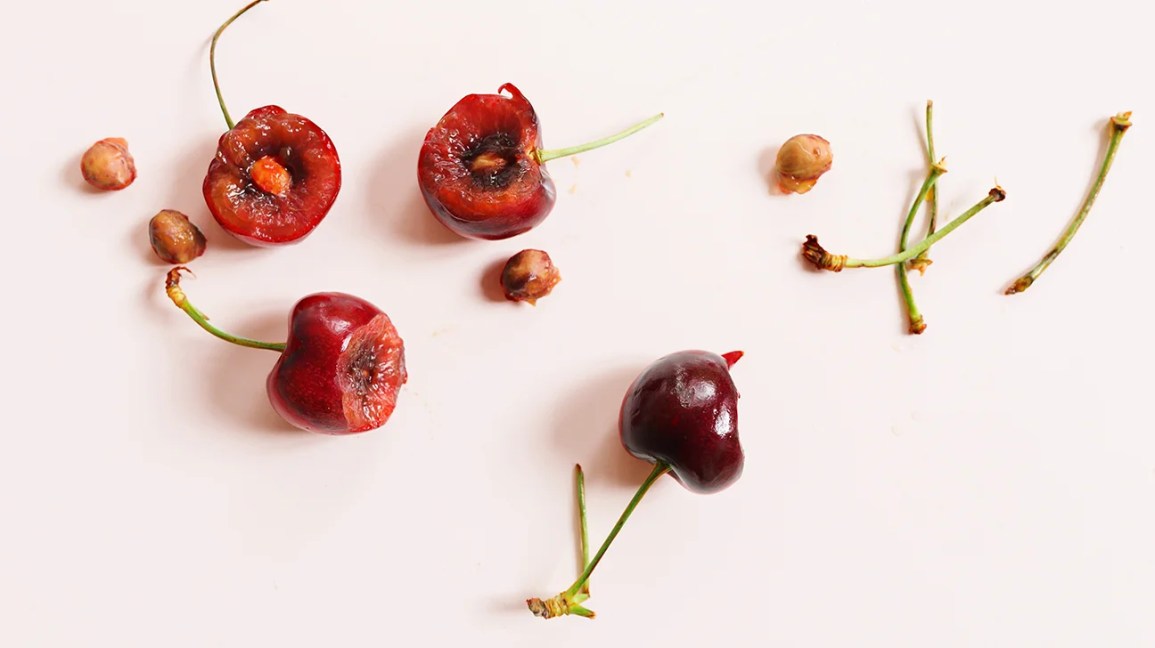
Harvesting Cherries: Enjoying the Fruits of Your Labor
After several years of growth and care, your cherry tree will reward you with a bountiful harvest of delicious fruit. Cherries are typically ready for harvest in late spring to early summer, depending on the variety and local climate. Harvest the cherries when they are fully ripe but still firm, with vibrant color and sweet flavor. Gently twist or cut the cherries from the tree, being careful not to damage the branches or surrounding fruit. Enjoy the fruits of your labor fresh off the tree or use them in a variety of culinary creations, from pies and jams to salads and smoothies.
Ensuring Long-Term Success: Proper Tree Care and Maintenance
Once your cherry tree has established itself and begun to bear fruit, it’s important to continue providing it with proper care and maintenance to ensure long-term success. Regular watering is essential, especially during dry periods, to keep the tree healthy and hydrated. Mulching around the base of the tree can help retain moisture, suppress weeds, and regulate soil temperature.
Additionally, annual pruning is necessary to maintain the tree’s shape, promote fruit production, and remove any dead or diseased branches. Pruning should be done during the dormant season, typically in late winter or early spring, before the tree begins to leaf out. Be sure to use sharp, clean pruning tools and make clean cuts to prevent damage to the tree.
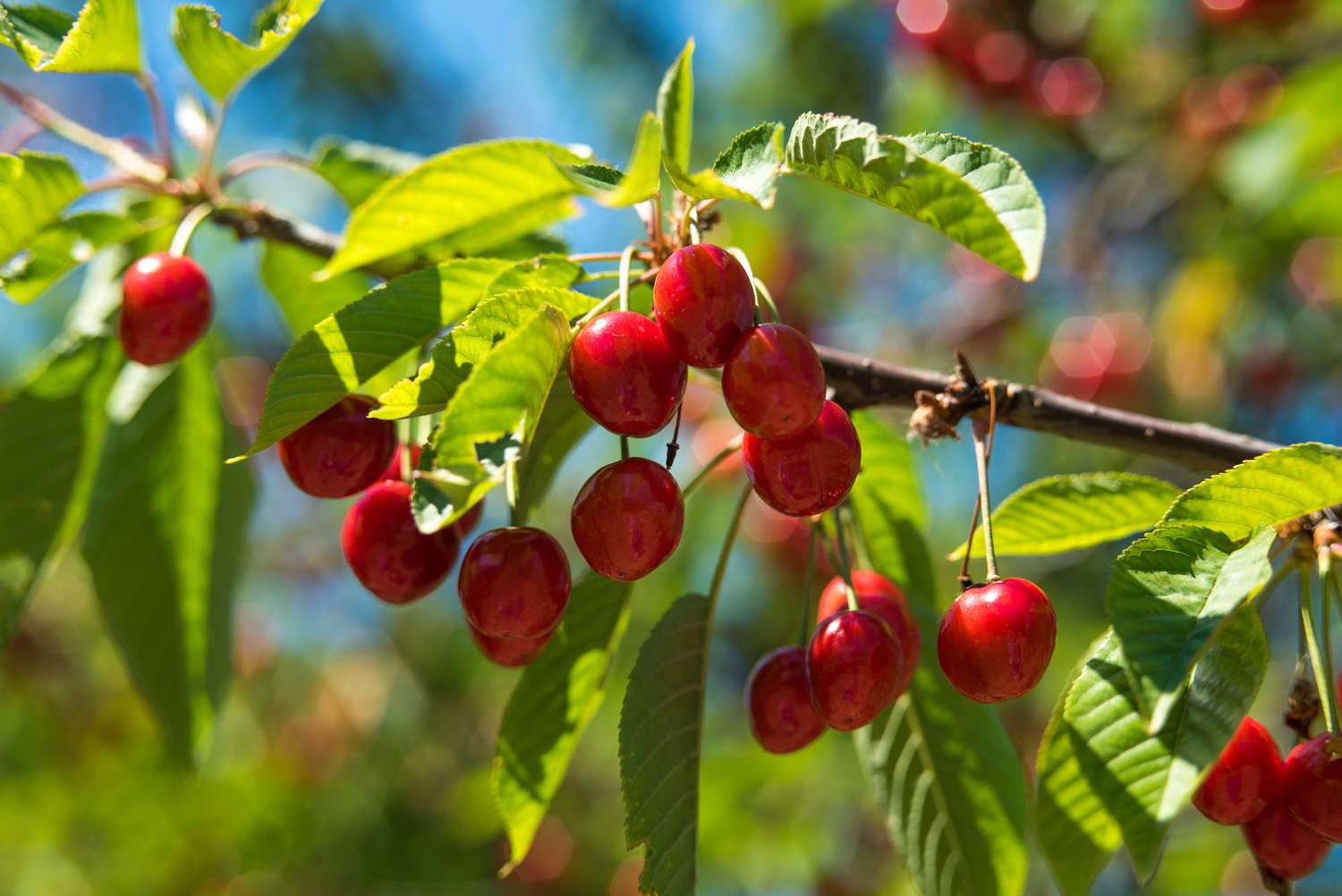
Conclusion: The Journey of Growth and Discovery
Growing a cherry tree from seed is a journey of growth and discovery, filled with challenges, rewards, and moments of wonder. By following essential tips for success, from seed selection and germination to care and maintenance, you can nurture a tiny seed into a thriving tree that provides beauty, shade, and delicious fruit for years to come. So roll up your sleeves, get your hands dirty, and embark on the adventure of growing your own cherry tree – the journey is as rewarding as the destination.
